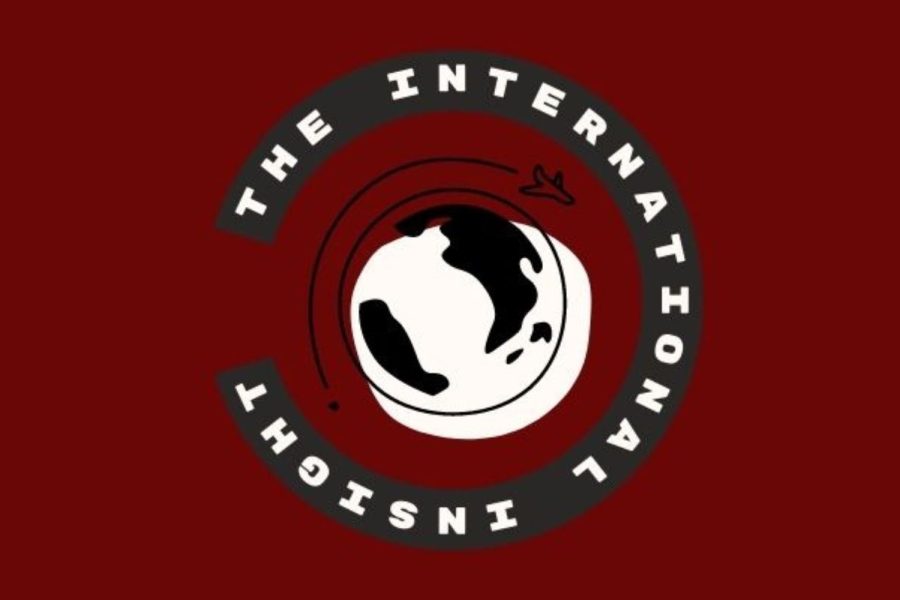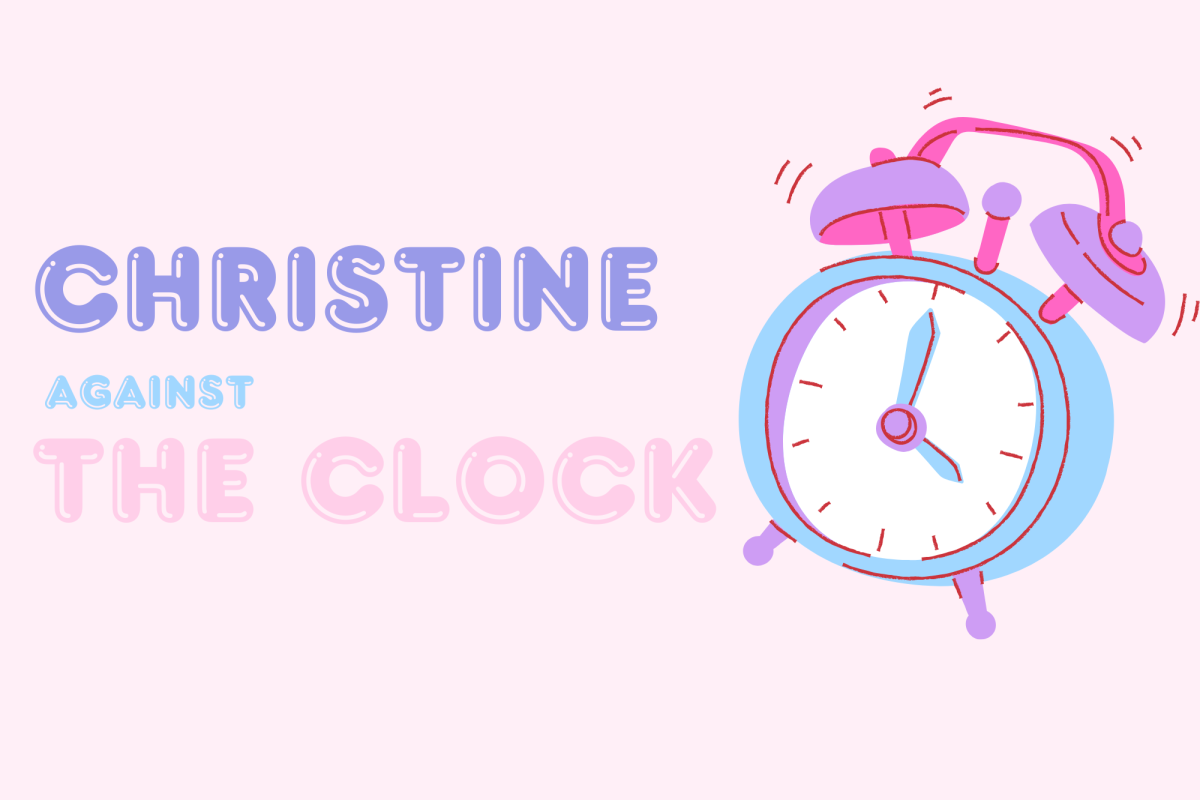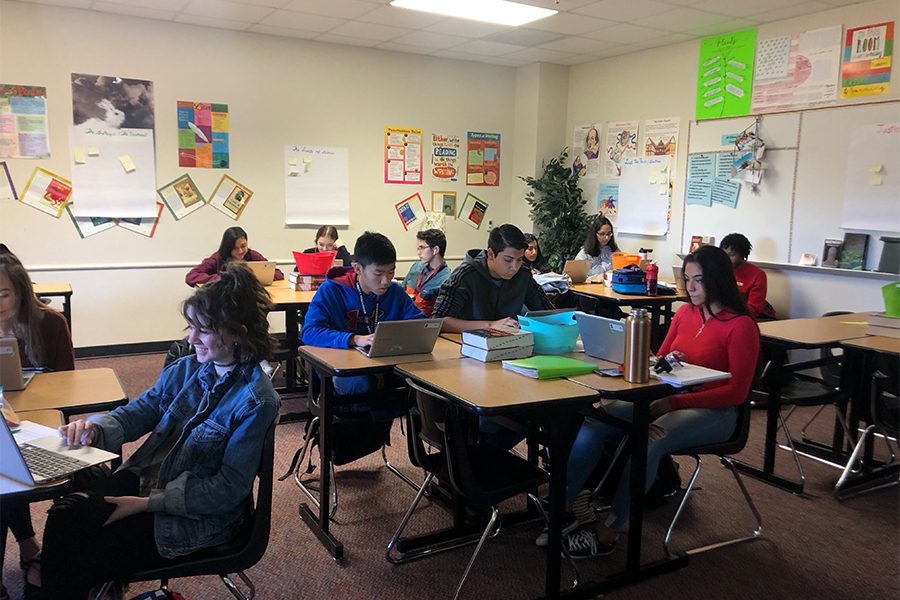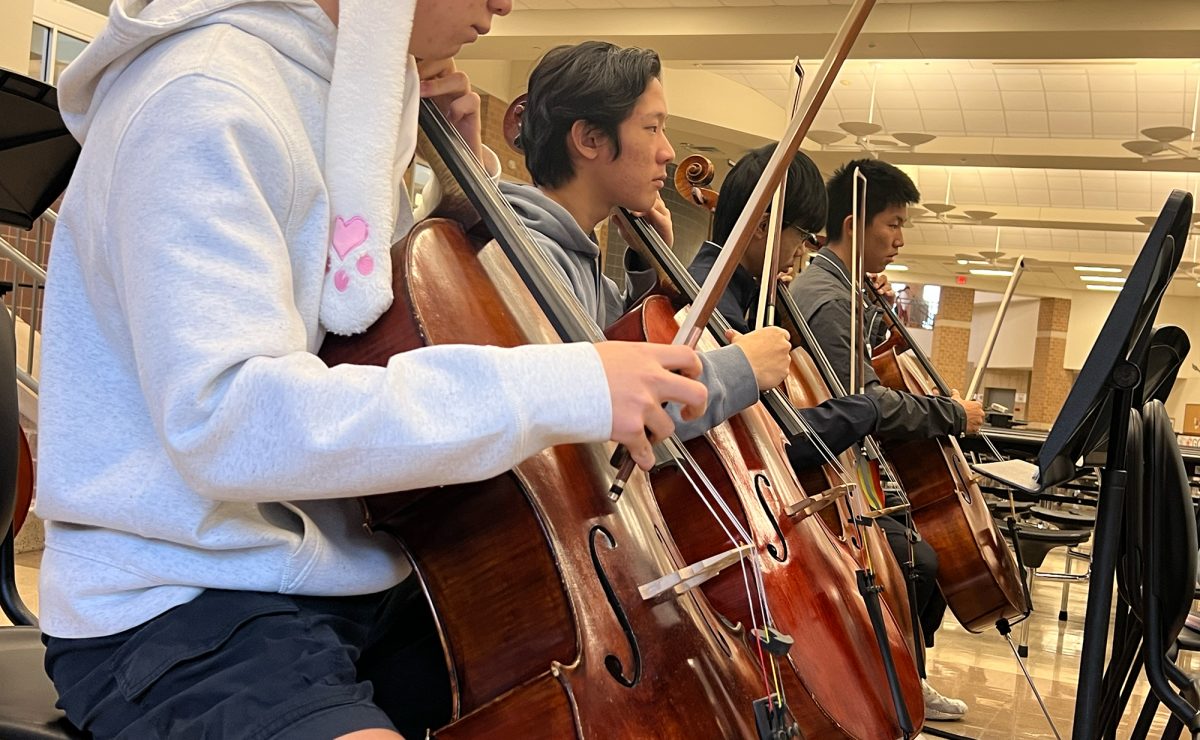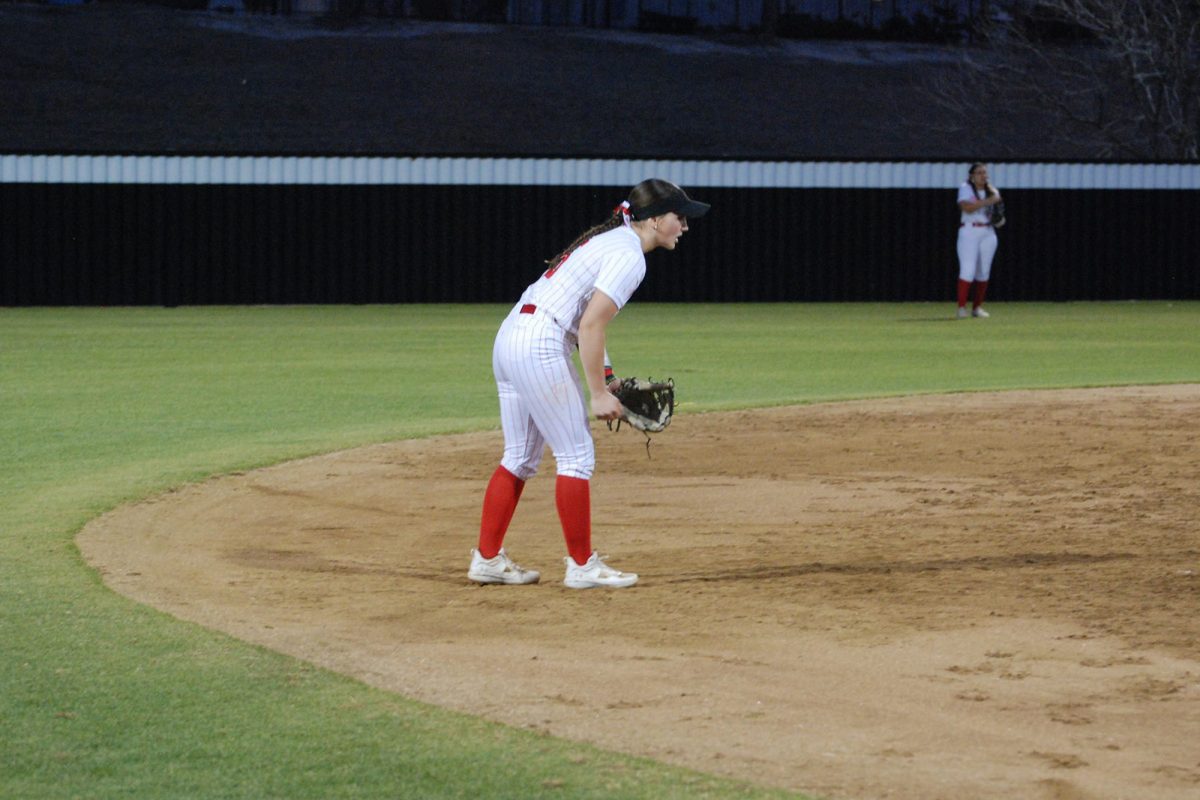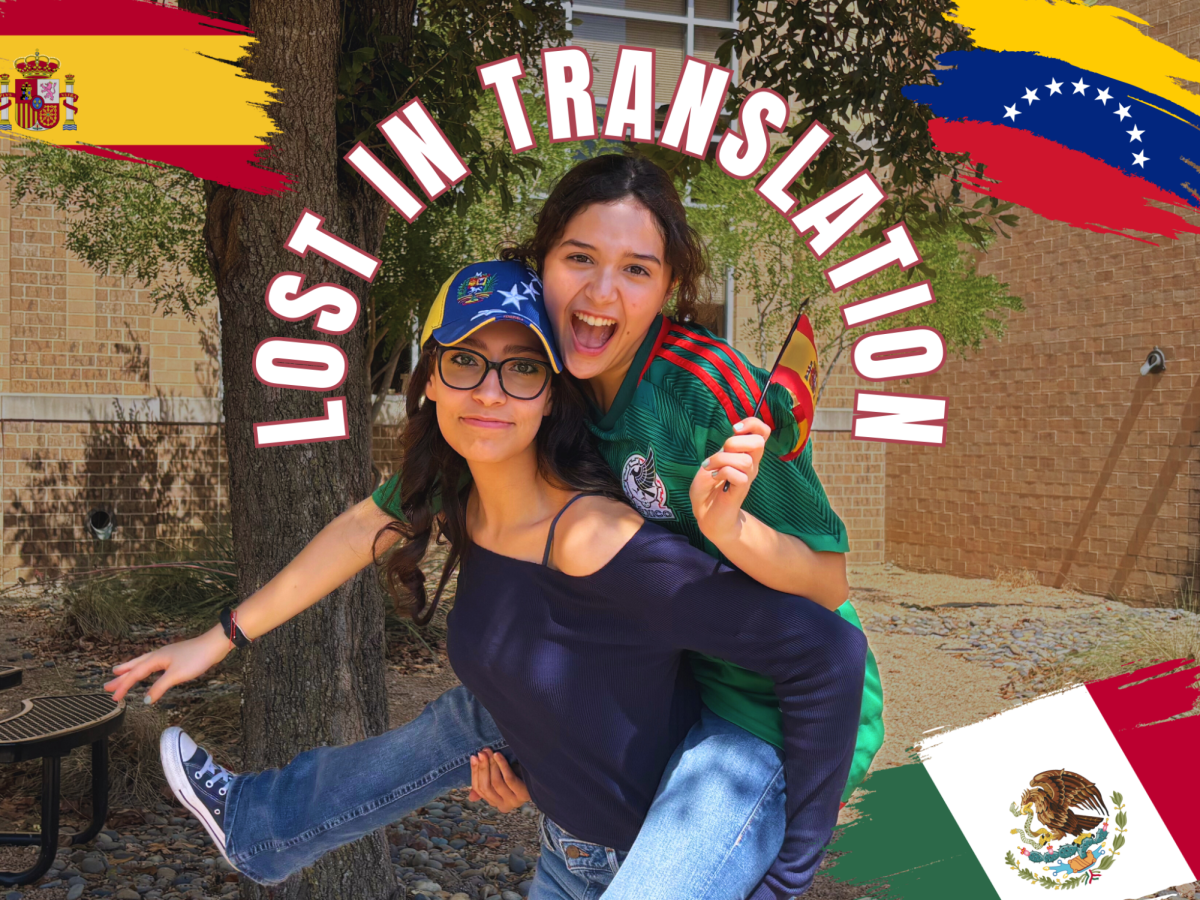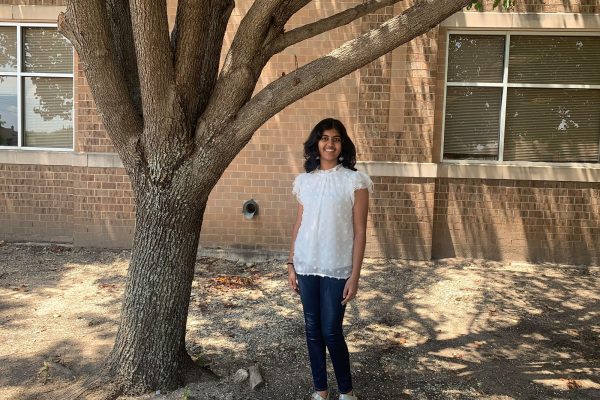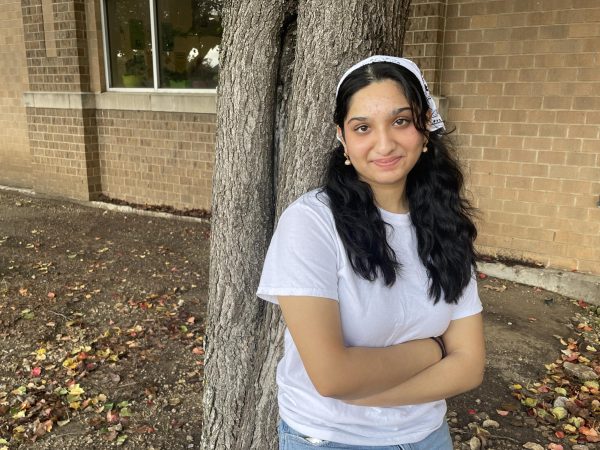The war in Gaza has consumed the world’s attention for more than 16 months now, marking its one year anniversary last October. A wellspring of bloodshed and needless violence born of decades of conflict and tensions, the world watched on the edge of their seats, wondering how many lives would need to be lost before the war came to an end.
Yet, to the surprise of the international community, both Israel and Hamas came to a ceasefire deal on Jan 15, going into effect four days later on Jan 19..
Ceasefire deal and hostage situation –
The ceasefire deal is broken into three distinct phases, each one lasting six weeks, and hopefully culminating with the end of the war.
The first phase, which is currently taking place, entails a complete ceasefire and a hostage trade. Hamas will return 33 Israeli hostages, including children, the sick, women (both civilians and soldiers), and older men, while Israel will free ~1,900 Palestinians from prison. In addition, Israeli forces will withdraw some of the most populated areas in Palestine, but remain along Gaza’s border. In addition, hundreds of aid lorries per day will be allowed to enter Gaza and Palestinians will be able to go back to their neighborhoods.
The second phase of the ceasefire deal was set to be fully negotiated sixteen days after the first phase started. These negotiations are intended to result in a permanent ceasefire, complete withdrawal of Israeli forces, and the exchange of all remaining hostages alive in Gaza for Palestinian prisoners held in Israel.
Finally, the third and final phase of the deal entails the exchange of the bodies of all dead hostages and reconstructing Gaza, the latter of which is projected to take several years.
Overall, the hostage exchange part of the deal has been upheld by both parties. As of Tuesday night, according to Al Jazeera, 21 Israeli hostages have been released by Hamas (with 12 left to go) in exchange for the release of over 730 Palestinian prisoners. While there was a minor conflict on Jan. 25 in which Israel accused Hamas of not freeing Arbel Yehoud, a female Israeli civilian, and delayed the release of Palestinian civilians in retaliation, Hamas eventually did release Yehoud, allowing the rest of the exchange to unfold calmly.
When it comes to the other parts of phase one of the ceasefire deal, things haven’t been so smooth.
Despite promising to allow 12,000 aid trucks, 200,000 tents, and 60,000 mobile homes into Gaza and allow 50 critically ill or injured individuals (along with accompanying family members) out of Gaza daily (or around 1000 people by Tuesday), Israel has only allowed 8,500 trucks, ~20,000 tents, and 0 mobile homes in, while only allowing 120 patients to leave.
In addition, violence continues to be perpetuated in Gaza, while Israel procrastinates its promise to let Palestinian civilians return home in northern Gaza.
In response to these actions, Hamas has issued a statement condemning Israel’s actions and citing their own compliance, threatening to cease to uphold their end of the bargain unless Israel reciprocates.
While many pro-ceasefire Israelis and those related to the hostages are urging Israeli prime minister Benjamin Netanyahu to take action and remedy the situation, many anti-ceasefire Israelis advocate for, in the words of former Israeli national security minister Itamar Ben-Gvir, according to Al Jazeera, a “massive fire attack on Gaza, from the air and land.”
The latter sentiment was somewhat backed by United States president Donald Trump who advised Israel to end the ceasefire and let “all hell…break loose,” if Hamas fails to return the promised number of hostages on time.
As conflict brews surrounding these statements, the situation in Gaza remains dire, as Palestinians attempt to recover from the turmoil of war during this brief respite, while reconciling with the potential for even more destruction.
Trump’s plan –
In addition to his aforementioned remarks, Trump also offered a highly controversial plan to address the issues in Gaza: permanently resettle Palestinians living in Gaza in order to facilitate American redevelopment of the enclave into the “Riviera of the Middle East.”
The plan would essentially give the U.S. ownership of Gaza and would entail the resettlement of the 2.2 million Palestinians who built a life in Gaza. In addition, Trump proposed that these Palestinians be taken in by neighboring nations Egypt and Jordan, a plan both nations vehemently opposed.
For many Palestinians, Trump’s proposal revived fears surrounding another Nakba (“catastrophe” in Arabic), which refers to the large-scale displacement of more than 50% of Palestinians nearly 80 years ago in the 1948 Arab-Israeli war, but also elicited a strong resolution to remain firmly rooted in their homeland.
For Palestinians who were displaced in the 1948 war, Trump’s plan hints at history repeating itself, causing them to urge their brethren in Gaza to stand resolute.
But the situation of Palestinians in Gaza is perhaps best summed up in the words of Samira Al-Sabea, yet another Palestinian in Gaza, according to Reuters.
Conclusion –
We stand here as a world, looking down the barrel at numerous wars across the world, multiple authoritarian governments, countless human rights violations, and the potential for more, and all we can do is wonder: have all these centuries of imperialism and colonialism and hatred and bloodshed taught us nothing?
How are we still on the verge of making the same mistakes?
If our goal, as a world, is to prioritize democracy, to prioritize peace and the lives and basic human rights of the 8 billion people who live on this planet, then it will take nothing short of all of us, as human beings, working together to make that long-forgotten dream a reality.



